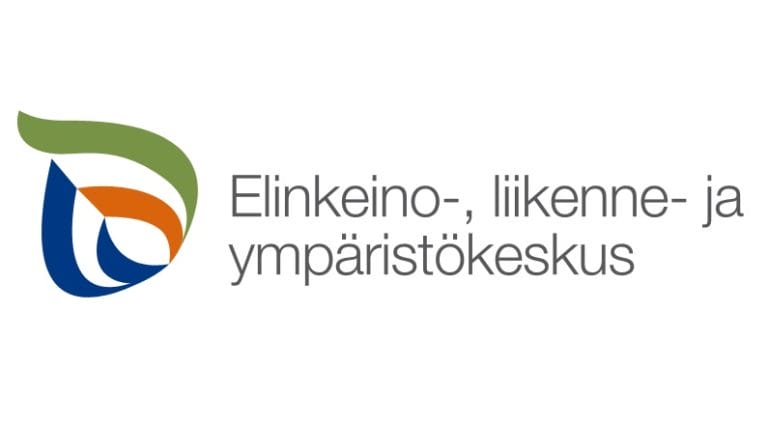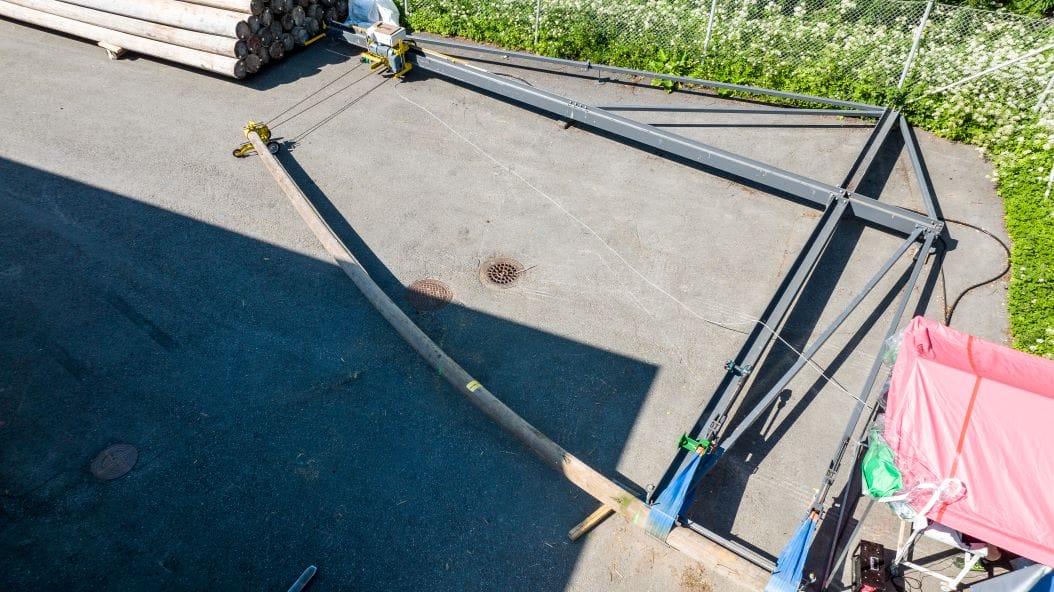
Optimising the service life of modified wooden pole products – MOPUKO
Significant research for the benefit of society as a whole
The project will increase knowledge of wood products, improve the reliability of electricity distribution infrastructure and aim to reduce environmental pollution.
The MOPUKO-project is exceptionally large in scale and potential impact.
Results of the project
The concrete outcome of the project will be a research report. The research project will generate usable research data on the long-term durability of wooden poles and the reliability of the classification of the condition of poles. This information can be directly applied to other wood products impregnated by a similar method and used as a basis for life-cycle models for infrastructure structures.
Through decay experiments under extreme conditions, the understanding of the relationship between the mechanical properties of naturally aged wood poles and decay samples will be increased.
The project will provide further information on the long-term durability of copper-impregnated and heat-treated wood products and the practical performance of impregnating agents.
Our aim is to increase understanding of the life cycle of wooden poles
The research data generated by the project will allow quantitative analysis to determine the condition of the poles and the criteria for their use. The project will provide new information on the performance of different impregnation agents and modification methods in terms of rot tests and testing of the products used. The results will provide recommendations for the implementation of modification processes.
The results form a package that can be used to develop new modified wood products and optimise the safe lifetime of existing structures.
Key measures of the project
The aim of the MOPUKO – Optimising the service life of modified timber pole products -project is to develop the long-term durability of modified timber products used in infrastructure construction (e.g. electric poles, posts and bridges) and to promote environmental friendliness. The project will help to develop new products that are more usable and environmentally friendly and to promote the use of innovative impregnation and modification methods.
The project aims to increase research knowledge, in particular on the long-term durability of copper-impregnated wood post products in practice. One of the main research methods is the testing of the mechanical properties of full-size column scale wood products.
The results can serve as a basis for new practices and products and have a positive impact not only on the reliability of infrastructure, but also on the protection of the environment.
During the project’s implementation, its objectives, measures and results will be communicated through events and articles.

Project’s work packages
Work package 1: soil type has a significant effect on wood decay, so the project will investigate the effect of soil type on the duration of wood decay.
Work package 2: the project will investigate the practical life cycle of copper and creosote impregnated wood products and will use the results to optimise the life cycle.
Work package 3: where possible, limit values for the lifetime of wooden poles will be determined.
Work package 4: material properties of discarded impregnated wood material.
Work package 5: Explore the potential of research data for decision making.
See how a wooden electric pole bends at this link: https://www.youtube.com/watch?v=fQzR0sbxP64
The displacement of a poles’ head in bending from its unloaded position to the fracture can be 2 to 4 metres, depending on the characteristics of the wood. The wood is very flexible as you can see in the video.
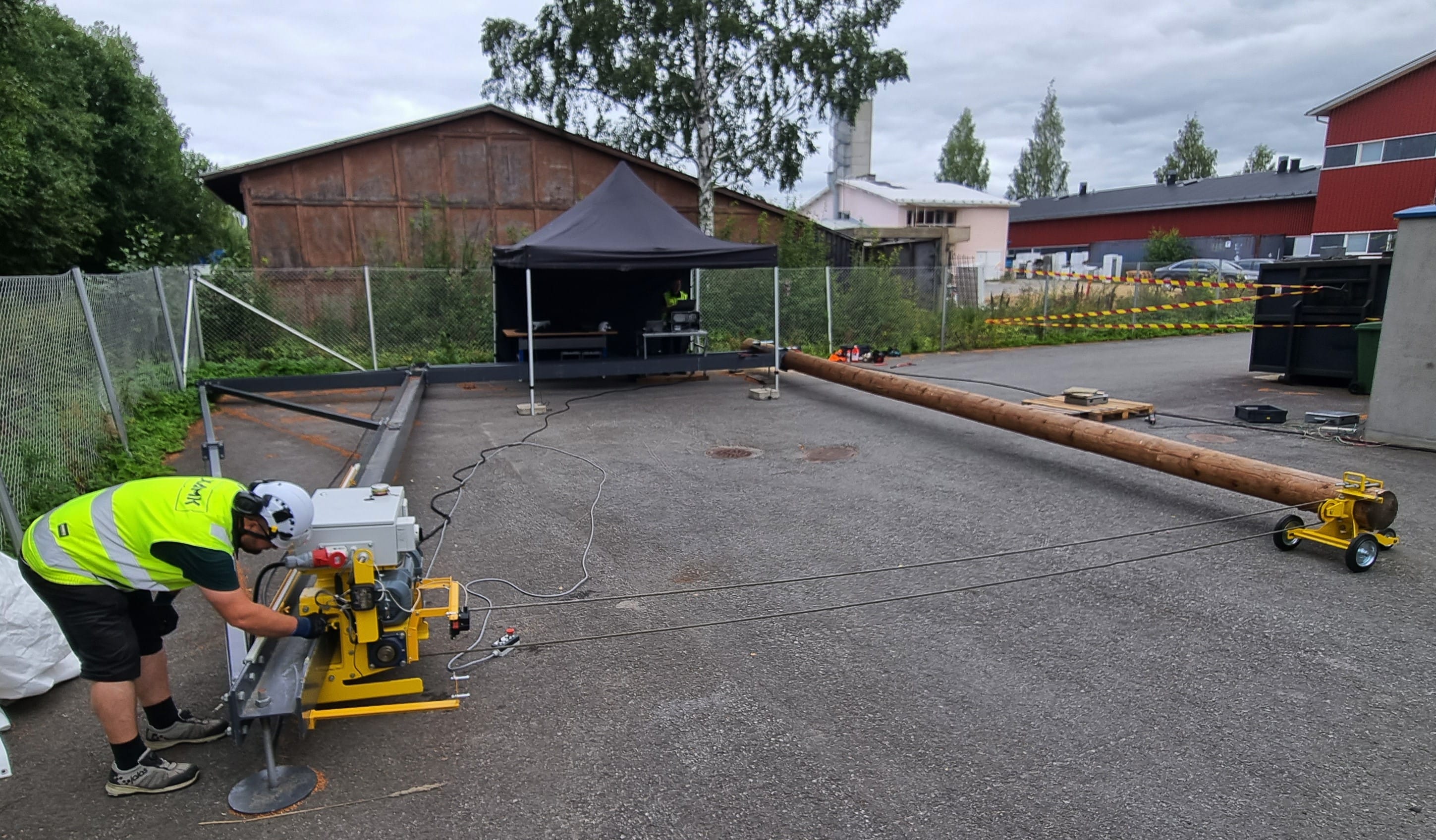
Bending test equipment according to EN 14229
- Measure the vertical and horizontal displacement and the magnitude of the load
- Determine the force, bending strength and modulus required for fracture
- Identify the type and location of the fracture
- Outputs are compared with the requirements of the standards.
Unique bending equipment on a European scale
Project information
The project in figures:
Start date: 1.10.2023
End date: 30.9.2025
Project budget: 290 982 €
Number of project staff: 4 persons with 50 % working time.
Project manager of the project: Kai Möller

Partners
The project has been designed in cooperation between JSE and Xamk and its results can be used nationally.
We receive poles of different ages and from different types of locations from electricity network companies for testing the mechanical properties of electricity poles. As the age of the poles varies, the saturation compositions also vary.
We make sure that the sample of wooden poles to be tested is sufficient and that the poles information is complete (e.g. location, year of saturation, saturant).
The project aims to extend the research to other products, such as disused wooden bridges, lighting columns and various pole products.
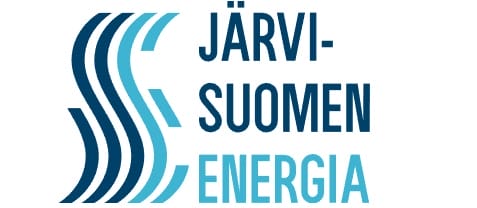
Järvi-Suomen Energia
Järvi-Suomen Energia
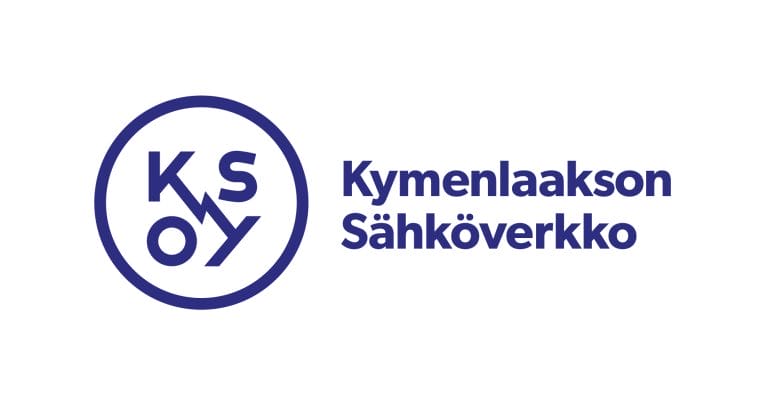
Kymenlaak-son sähkö-verkko
Kymenlaak-son sähkö-verkko
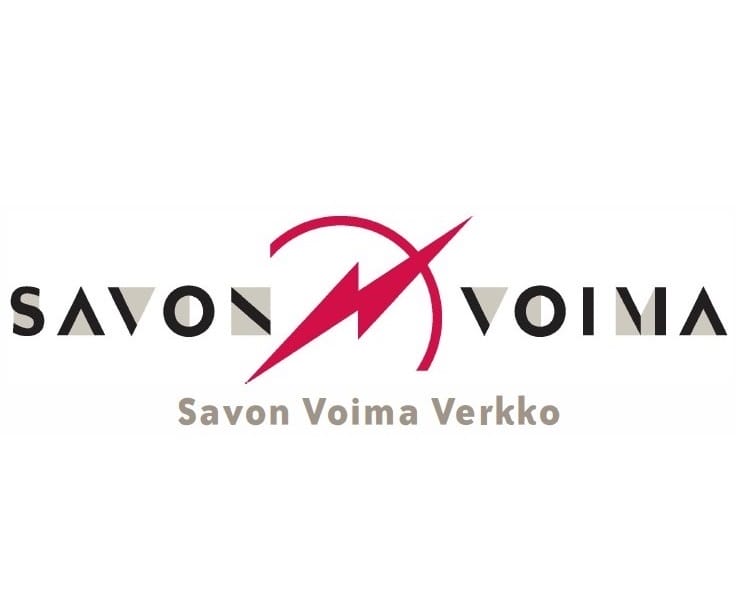
Savon Voima verkko
Savon Voima verkko

Scanpole Oy
Scanpole Oy

Energia-teollisuus ry
Energia-teollisuus ry
